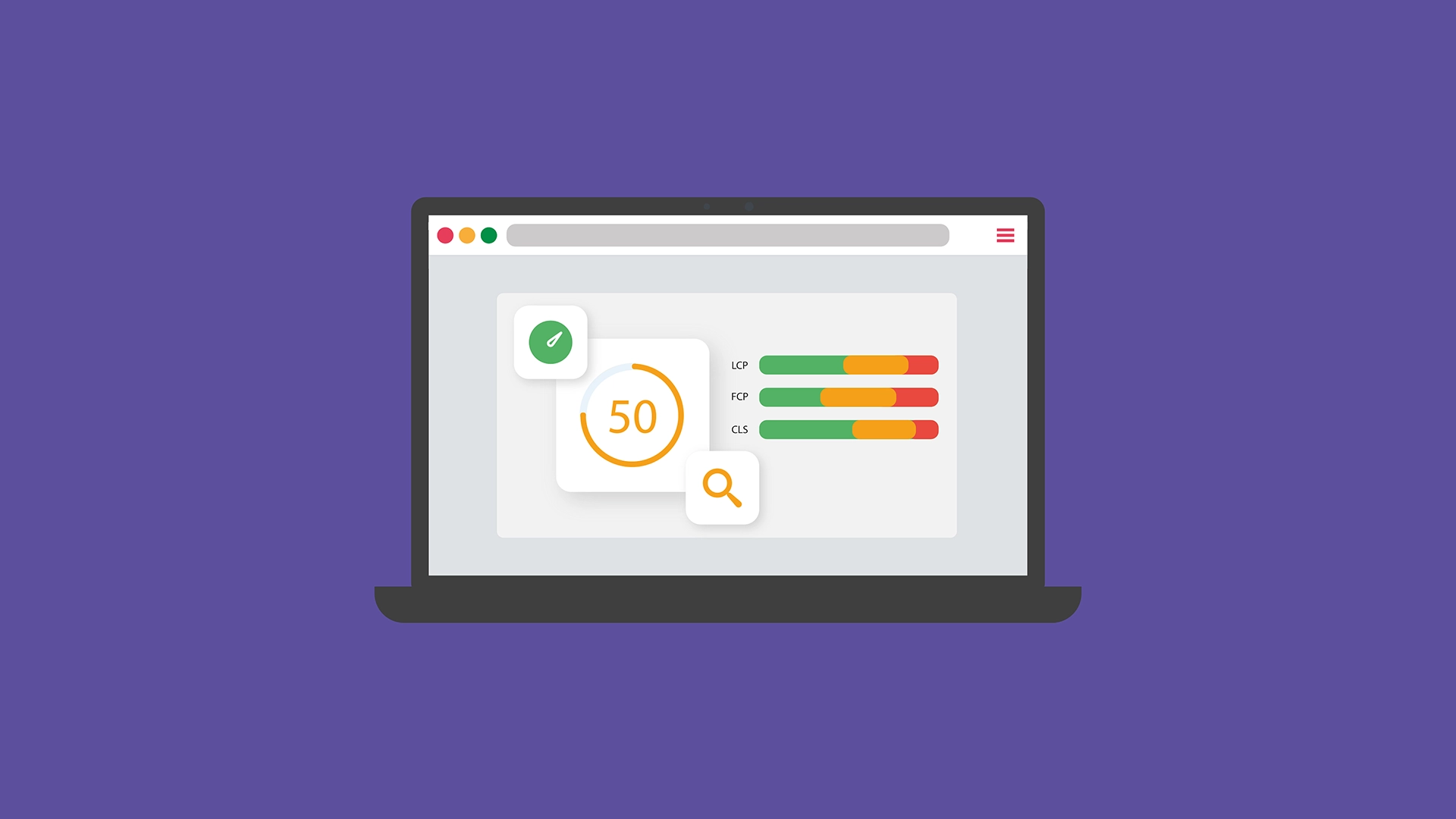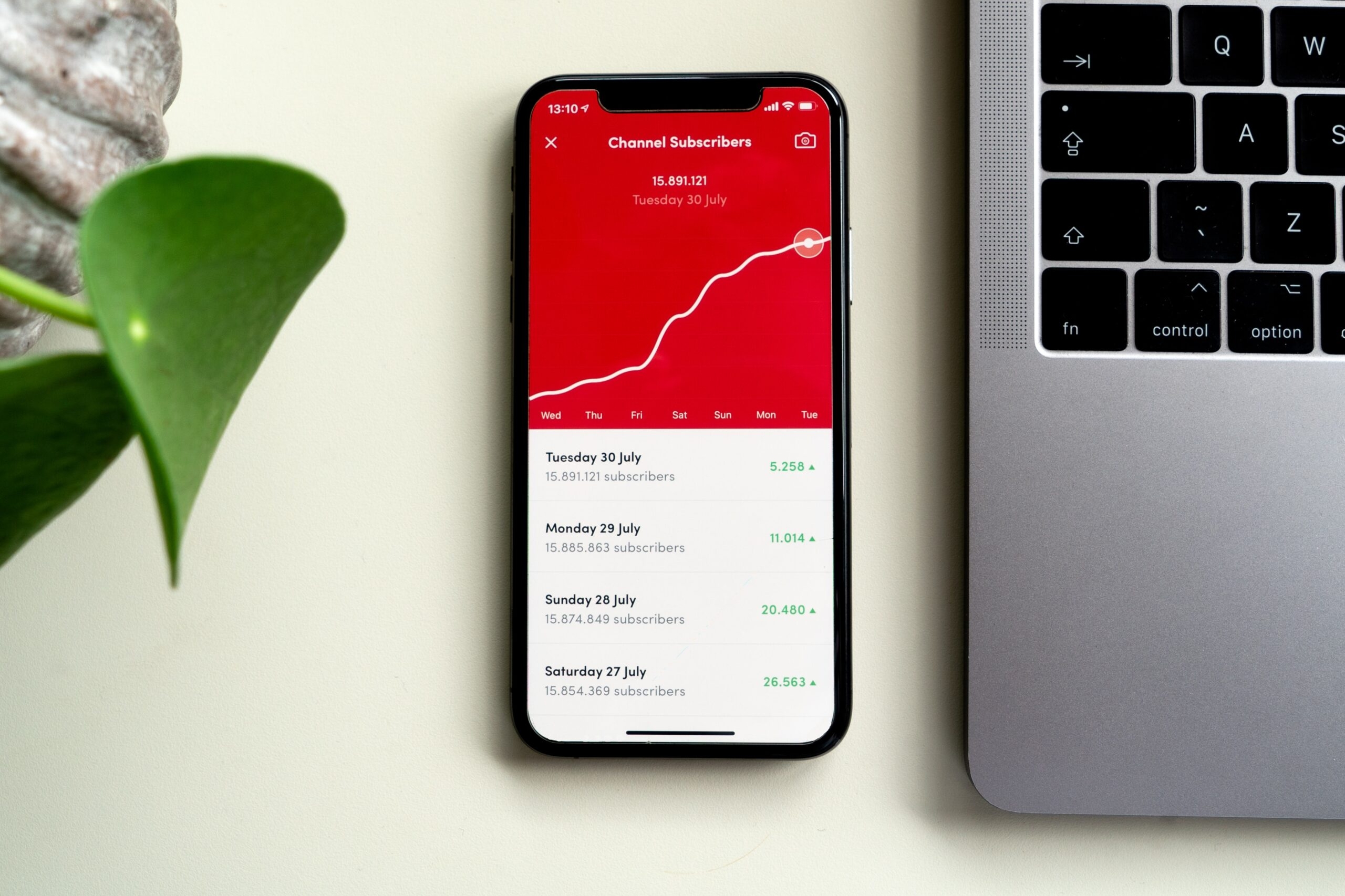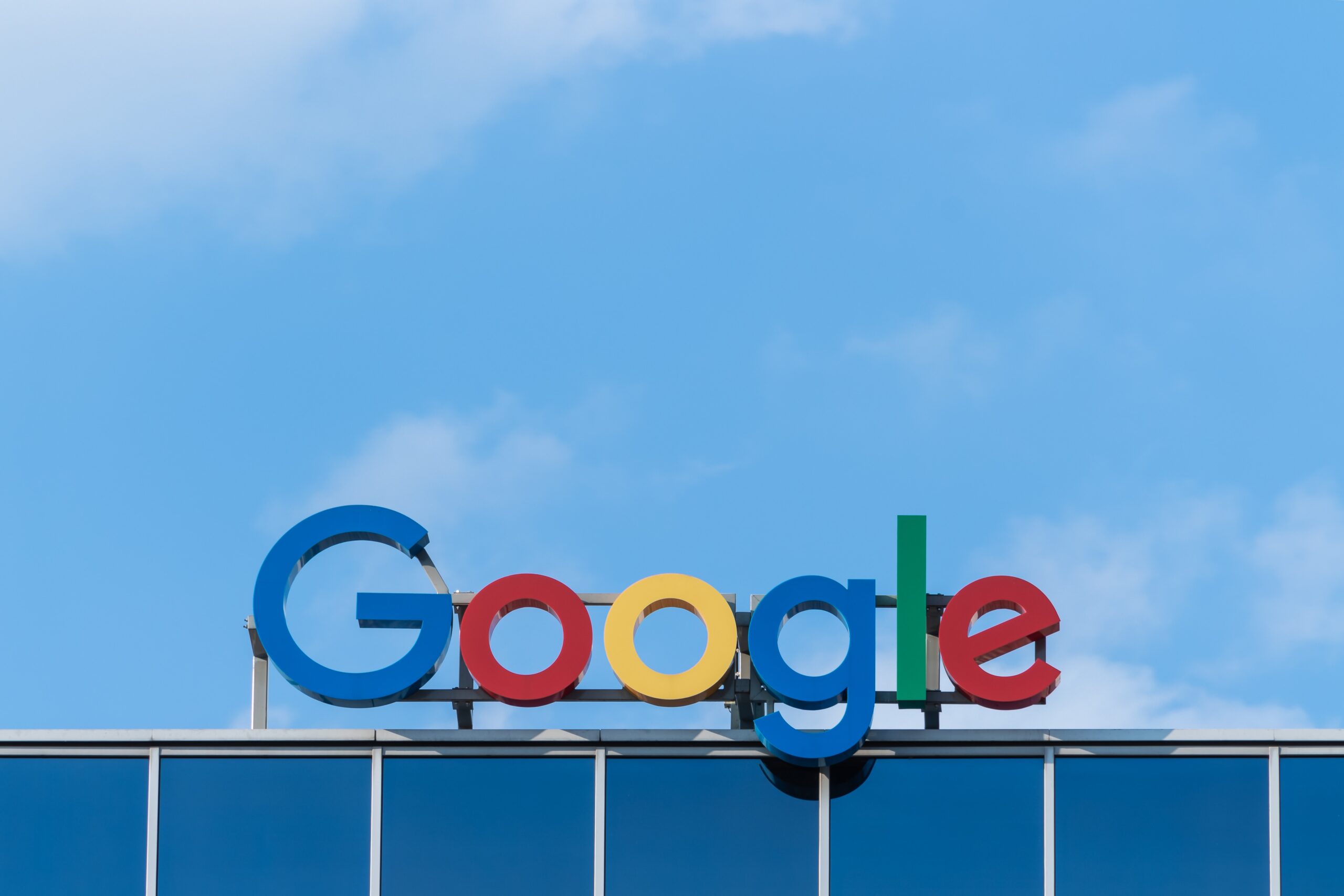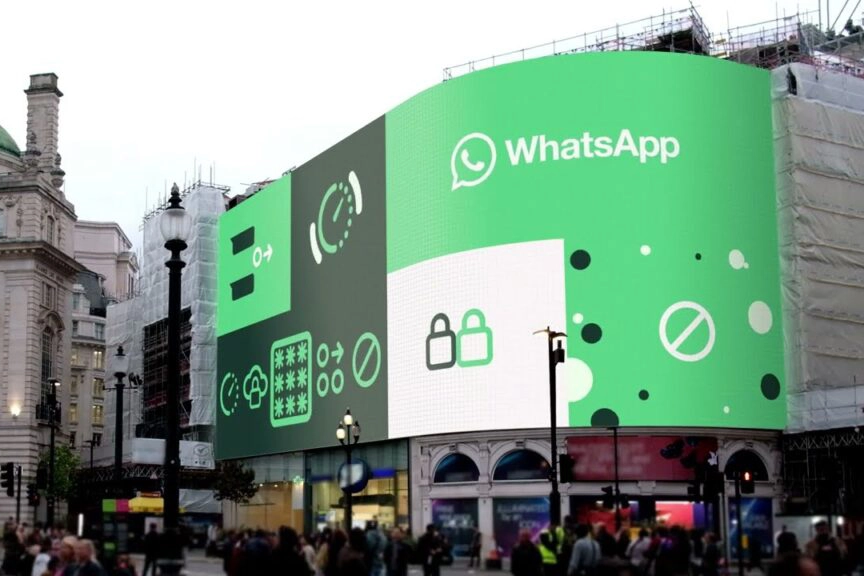6 UX Tips for Higher Engagement
Optimising your websites landing pages is essential for enhancing user engagement and achieving higher conversions, this blog will cover 6 UX tips for higher engagement. With users making quick decisions about whether to stay on a page or leave, every element of your landing page needs to be intuitively designed to capture and retain the attention of the user. Here are six tips you can use to optimise your landing pages for success.
The average conversion rate of a landing page is 26%.

UX Tips for Higher Engagement
1. Simplify the Design
A overcrowded and cluttered landing page can quickly overwhelm visitors when landing on your site. Using simplified designs and messaging can help to focus users’ attention on the main area of the page you want them to see.
Statistics and research show that 94% of first impressions when landing on a website are design-related and design focused, which highlights the importance of clean, and easy to navigate layouts and designs across your landing page.
Using white space and padding effectively combined with an easy to use layout can direct users to key elements across your page like call-to-action (CTA) buttons and forms, improving engagement and driving conversions.
Example: Apple’s landing pages are renowned for their minimalistic designs and layouts which are often utilised across all of their products. This allows Apple to highlight the main areas of the page effectively and drive conversions.
2. Ensure Mobile Responsiveness
With mobile device usage accounting for over 50% of global web traffic sessions, ensuring landing pages are mobile-friendly and optimised for all types of mobile device is crucial for success.
Responsive designs and layouts will adapt the visuals of your website to different screen sizes, improving usability and accessibility for all types of mobile users.
Google’s mobile-first indexing favours mobile responsive websites over ones that aren’t adaptive to mobile, which further underscores the importance of mobile optimisation for SEO and usability.
Interesting Fact: Websites that are not mobile-friendly and adaptive to different screen sizes see a 61% higher bounce rate than those that are optimised for mobile devices.

3. Optimise Loading Speeds
For an optimised UX across your website, fast-loading pages retain more users and help to get users the information they need as fast as possible.
Research indicates that just a one-second delay in page loading time can result in a 7% reduction in conversions. That might not sound like much, but given stores such as Amazon obtaining millions of users per day, 7% if most definitely a lot.
Optimising aspects of your page such as mini king image file size, utilising different browser caching features, and minimising server response times can be effective ways to enhance page speed and loading times.
Example: Amazon ran a study that found for every 100ms of page speed loading time cost them 1% in sales across all of their operating locations, that’s a lot of revenue. This underscores the critical need for page speed and performance to retain and convert users not only for large corporations but also smaller websites.
4. Clear Messaging and Headlines
Clear messaging and headlines are the first element users read and see on a page, which often leads them to take action or leave. These messages and headlines should be clear, concise, and informative to enable users to get the information they need to convert.
A strong headline or call to action can increase the time users spend on the page by enticing the user to read more or take action, thus improving the likelihood of engagement and conversions.
Interesting Fact: Users typically scan a page to find the information they need and actually only read 20% of the text on a page.

5. Use High-Quality Visuals
Visual content engages users more effectively than text, with the vast majority of users favouring visual content and different media types than just a huge body of text.
Using a combination of images, videos, and graphics can enhance your user experience and help to drive engagement throughout. It has been found that users on average spend 88% more time on pages with videos and images than those without.
Example: Dropbox commonly uses video animations and high quality image illustrations to simplify and explain complex information about their products and services to their customers.
6. Implement Strong CTAs
Effective call-to-action buttons are absolutely essential for guiding users towards desired actions across your site and landing pages. CTAs should be prominently placed across your landing page, with clear messaging, and be visually different from the other elements on the page.
Fact: A/B testing can be used on different CTAs which can lead to a 49% increase in conversions when optimised correctly.
Thoughts...
Optimising your landing pages for a better user experience is an iterative process that can significantly increase engagement and conversion rates when utilised over time. By optimising your landing pages using these methods can help transform your website into a powerful tool for achieving business goals and driving conversions.
More interesting content...
Like this story? Share it on your social media...
For more of the latest content, why not subscribe to our mailing list...






